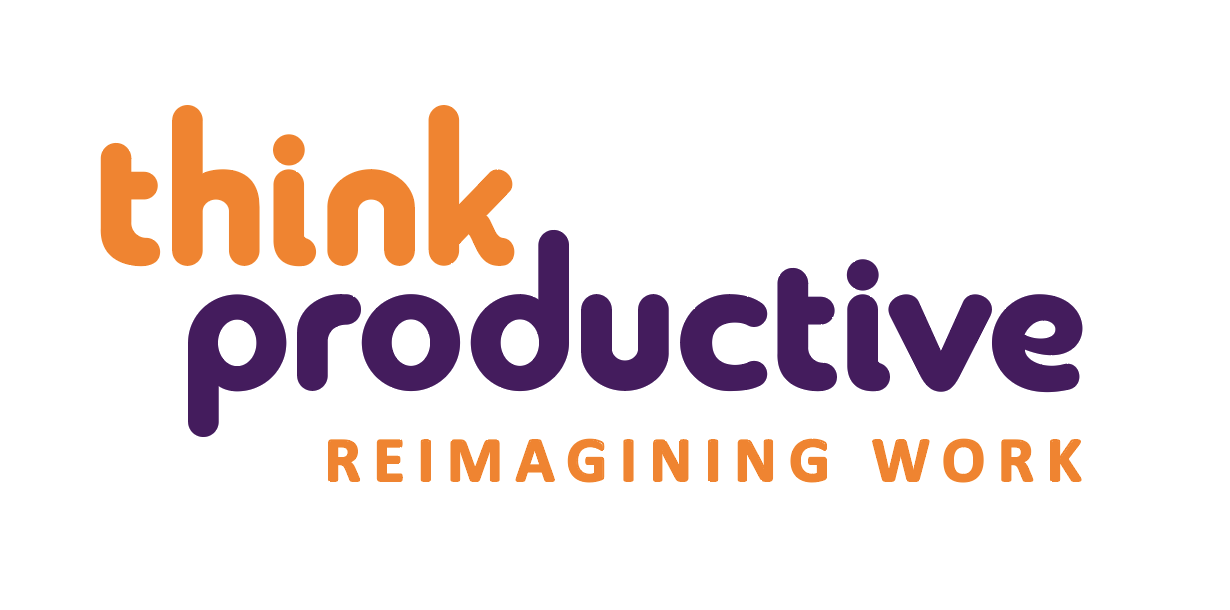If you’ve attended our Productivity Training or have read the ‘How to be a Productivity Ninja‘ book, you will have heard of a time management technique, called the Pomodoro technique. Whether you’ve heard of it and could do with a reminder, or you’re a complete newbie – we’ve summarized some useful information on how the Pomodoro technique works, how you can implement it and how it can help you beat procrastination below.
Pomodoro – what?
After a long search to improve his own study habits, university student, Francesco Cirillo created the Pomodoro Technique in the 1980s. The technique is named after those stylish kitchen timers you can buy in a shape of a tomato.
Essentially, the technique is a tool for managing attention and focus, based on a simple observation: working in short bursts of attention followed by short breaks, is the best way to preserve your proactive attention throughout the day. After gaining some momentum, the technique was embraced by professional teams in the late ’90s.

What you need
It’s up to you whether you want to use a tomato shaped kitchen timer, or a kitchen timer in any shape. You can also set a timer on your phone or download a desktop timer. Experiment with all 3 options and see which one works best for you. Make sure you also consider the people around you when you make your choice – if you’re working in a big open office space, a kitchen timer might not be the best solution. Just imagine the sound of 20 different timers going off at different times throughout the hour- ouch!
Once you’re all set with your timer, also make sure you have a pen and paper nearby, so you can tally up your pomodoros.

How does it work?
A pomodoro is a measurement of time. 1 pomodoro = 25 minutes.
1. Make a list of all the tasks you want to do that day and allocate how many pomodoros you will spend on each task.
2. Set the timer to 25 minutes.
3. Work solely on one task until the timer rings.
4. Take a 5 minute break.
5. Move onto the next 25 minute pomodoro and keep repeating the process.
6. After every forth pomodoro, take a longer break.
Why is this important?
By splitting the day into lots of 25-minute chunks and using a timer, you spend the whole day with the constant buzz of being up against a clock. Time is counted backwards, counting down from 25 to zero, rather than forwards indefinitely until you take a break.

It is also a great tool for splitting much larger tasks down into more bite-sized chunks, it can help provide an important sense of focus and can help you resist the temptation to give into distractions. At the same time, it will also help you ensure you don’t focus too much attention on any single area of your work. Used over a day or a week, you can start to view your schedule in terms of Pomodoros spent – and see exactly how little of your time is spent on the stuff you like the least/the stuff that creates the least value.
Knowing that after every 25 minutes of work there’s a five-minute comfort and distraction break, can do wonders to our attention and productivity. If you find yourself procrastinating (e.g. checking Facebook, doodling and daydreaming, etc.), remind yourself that there’s a dedicated time for this. Your boss-self is allowed to decide: “Ok, five more minutes of this procrastination and then we’re moving on to this specific thing.”

In creating this, what you’ve done is demystified and disempowered procrastination and you’ll often find that such a boundary moves you along at the end of the five minutes and into what’s required of you now that you’ve had your share.
Occasionally you may no longer want or need to spend those five minutes procrastinating as you realize how absurd your delaying tactics really are. Likewise knowing at the start of the day that you have 20 minutes at lunchtime to check up on the latest gossip will help you focus through the morning: your reward is coming, just you wait and see. Being self-aware enough to ‘call out’ these behaviors and actively manage them will get you a long way.
Ok, now, grab your timer and set your first pomodoro!
By Hannah Urbanek
You can connect with Hannah on LinkedIn.
